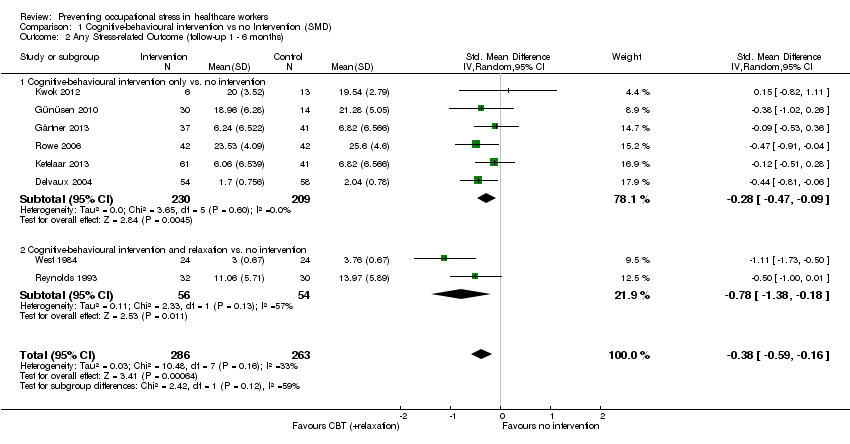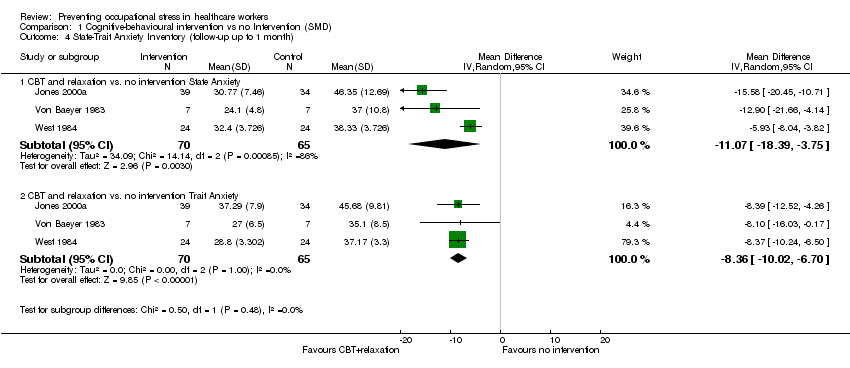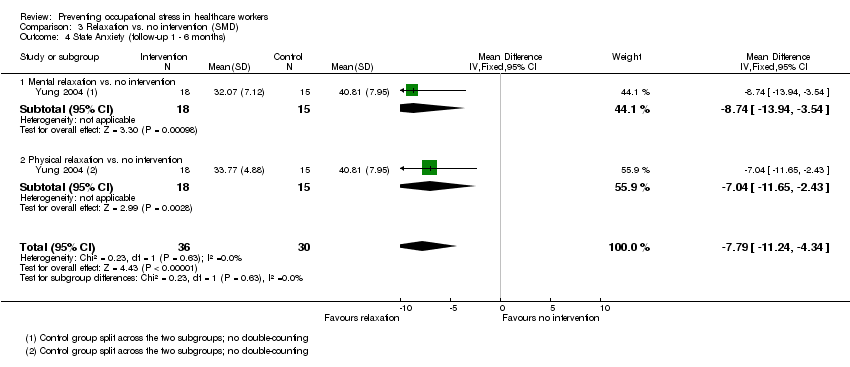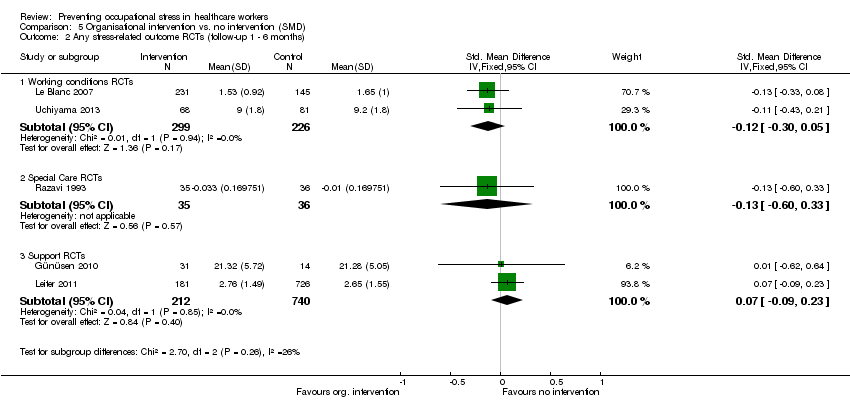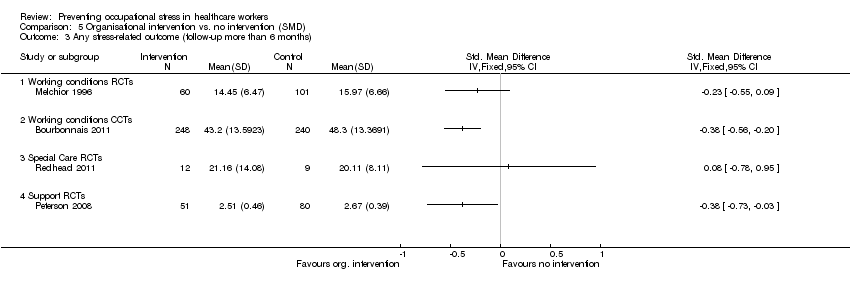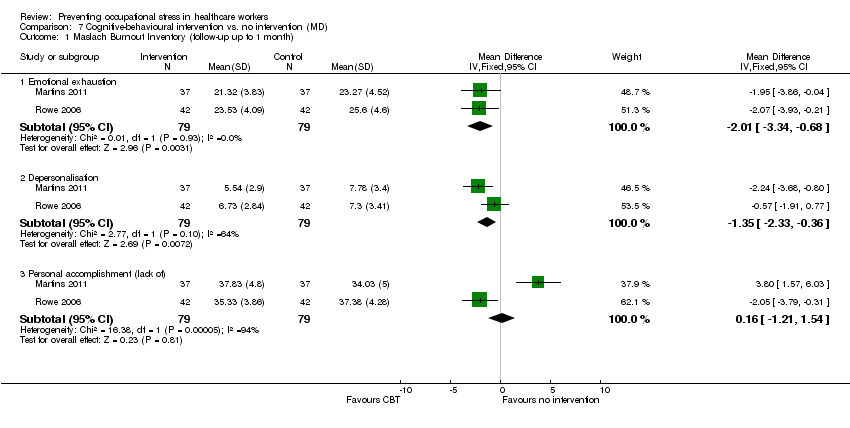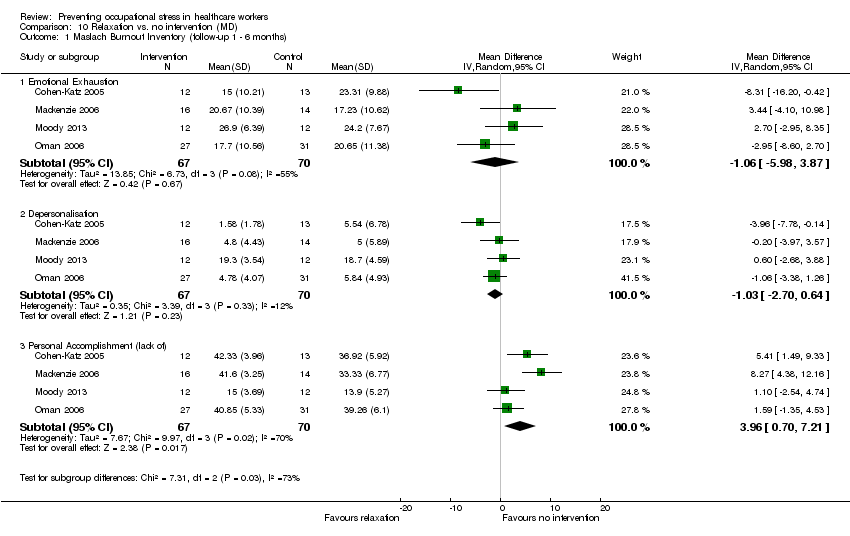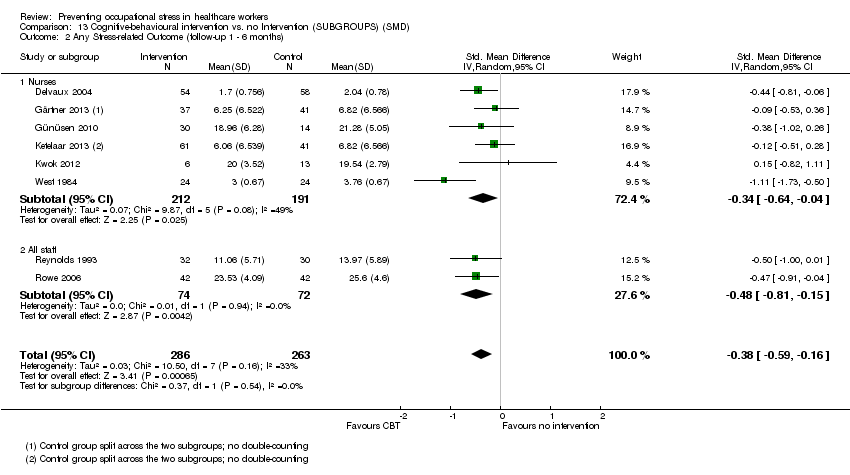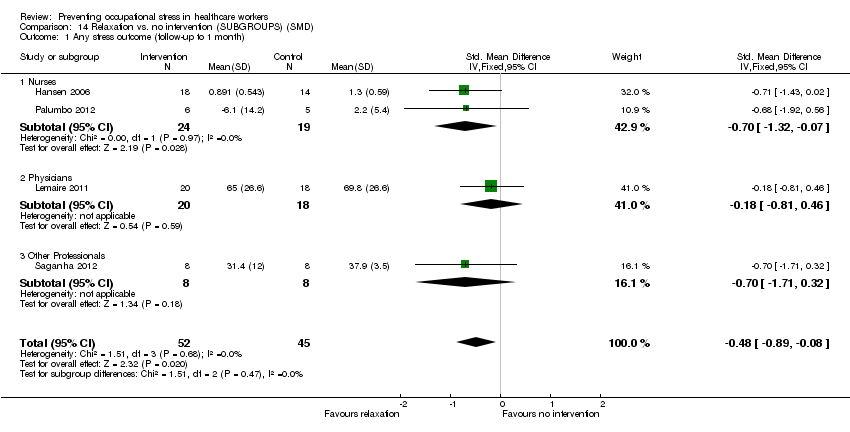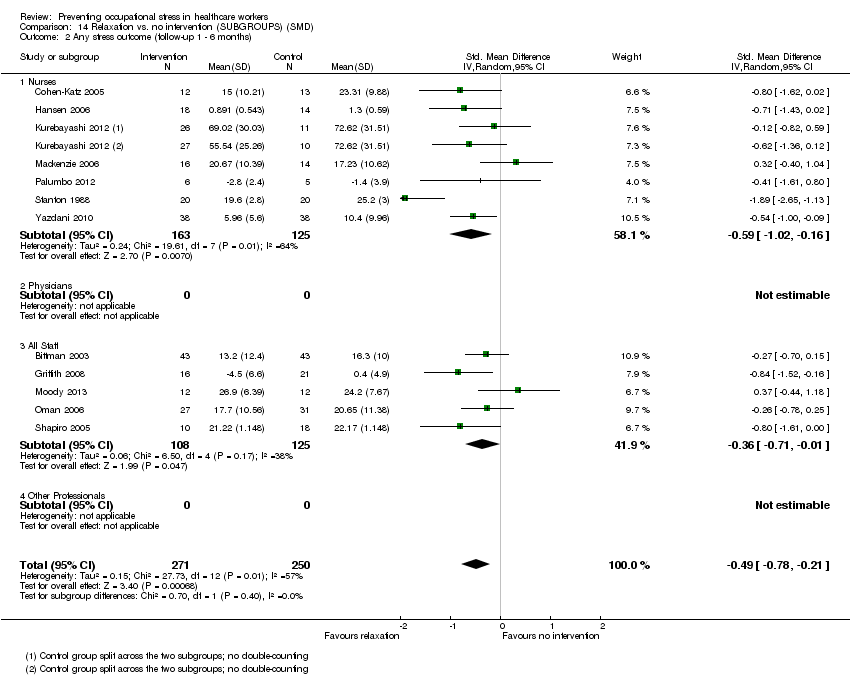Related content
Related reviews and protocols
Viraj K Reddy, Marie‐Claude Lavoie, Jos H Verbeek, Manisha Pahwa | 14 November 2017
Shelley Cheetham, Hanh TT Ngo, Juha Liira, Helena Liira | 19 April 2021
Frederieke G Schaafsma, Norashikin Mahmud, Michiel F Reneman, Jean‐Baptiste Fassier, Franciscus HW Jungbauer | 12 January 2016
Anootnara Talkul Kuster, Therese K Dalsbø, Bao Yen Luong Thanh, Arnav Agarwal, Quentin V Durand‐Moreau, Ingvild Kirkehei | 30 August 2017
Brian E van Wyk, Victoria Pillay‐Van Wyk | 16 April 2014
Tessy Luger, Christopher G Maher, Monika A Rieger, Benjamin Steinhilber | 23 July 2019
Sietske J Tamminga, Lima M Emal, Julitta S Boschman, Alice Levasseur, Anilkrishna Thota, Jani H Ruotsalainen, Roosmarijn MC Schelvis, Karen Nieuwenhuijsena, Henk F van der Molena | 12 May 2023
Steve Geoffrion, Danny J Hills, Heather M Ross, Jacqueline Pich, April T Hill, Therese K Dalsbø, Sanaz Riahi, Begoña Martínez-Jarreta, Stéphane Guay | 8 September 2020
Ali Naghieh, Paul Montgomery, Christopher P Bonell, Marc Thompson, J Lawrence Aber | 8 April 2015
Myrthe van Vilsteren, Sandra H van Oostrom, Henrica CW de Vet, Renée‐Louise Franche, Cécile RL Boot, Johannes R Anema | 5 October 2015







